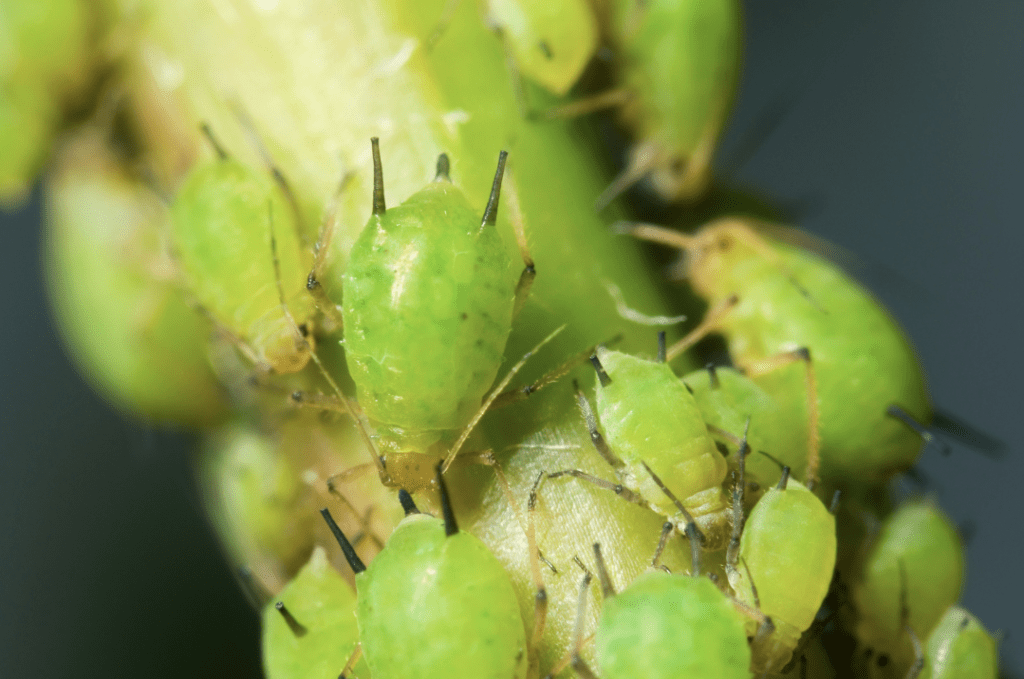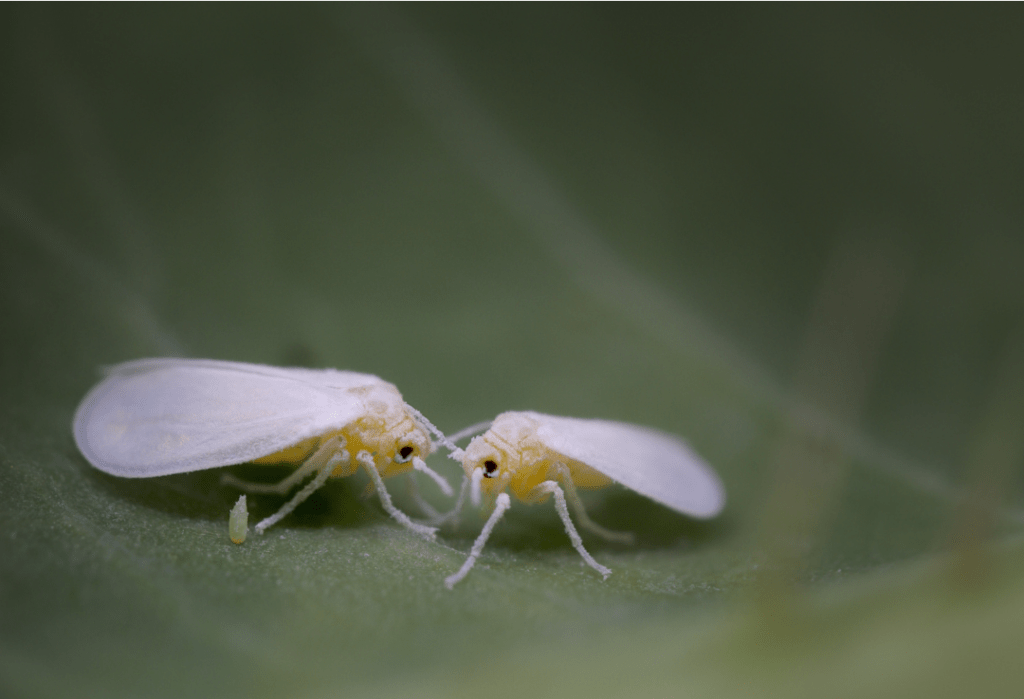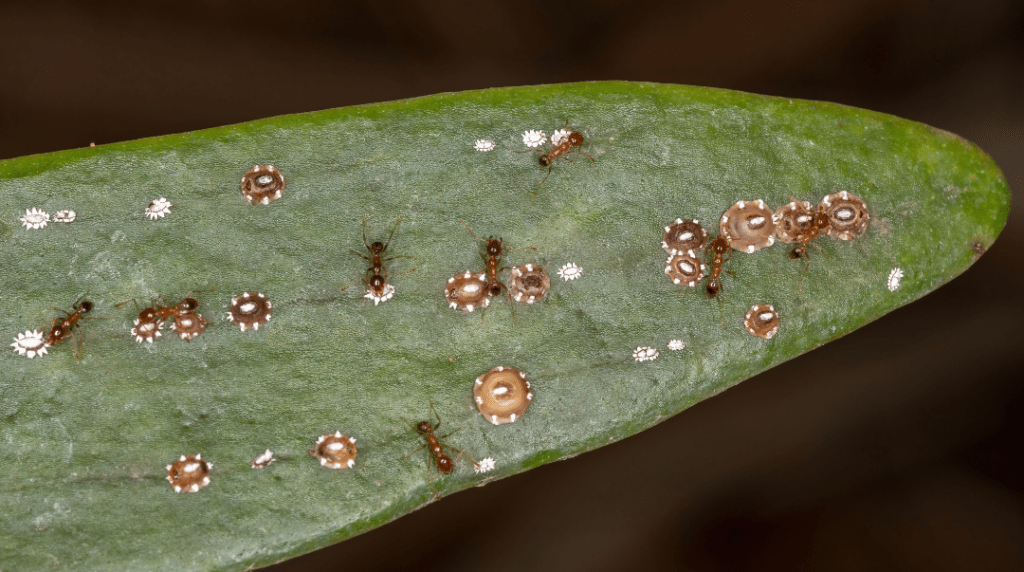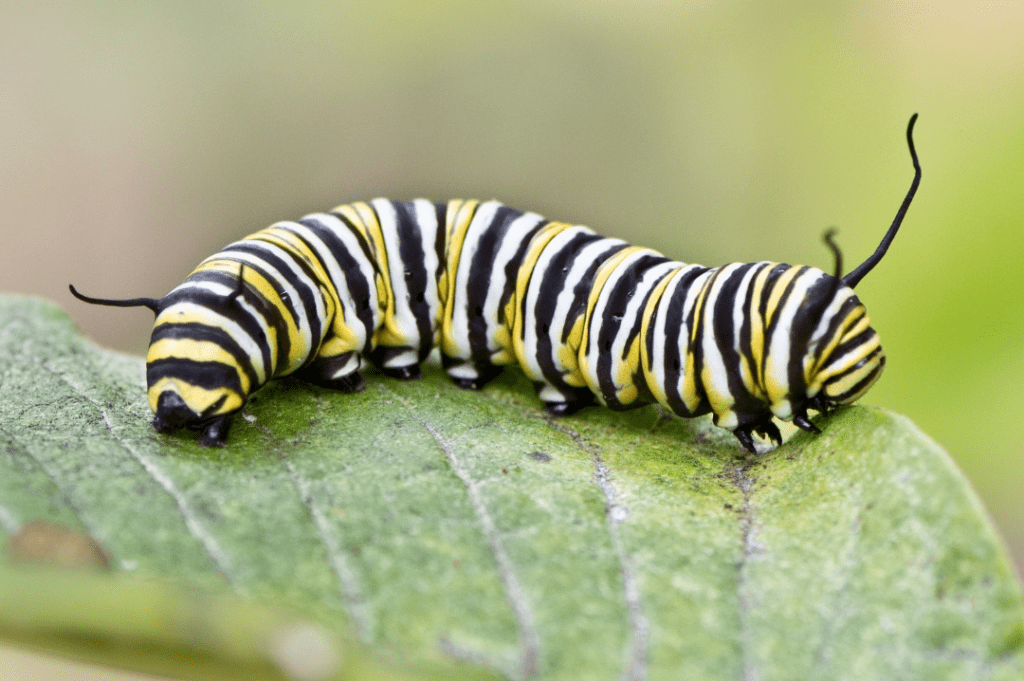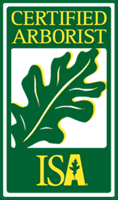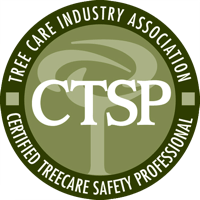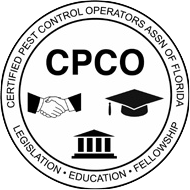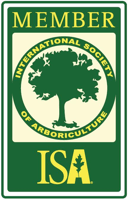South Florida’s lush, tropical climate is ideal for vibrant landscapes and flourishing trees. Unfortunately, this environment is also a hotspot for various tree pests. Left unchecked, these pests can cause significant damage, compromising the health and beauty of your trees. Understanding how to identify and prevent common tree pests is essential for maintaining a thriving property.
Here’s a closer look at some of the most prevalent tree pests in South Florida and how to protect your trees from their harmful effects.
1. Aphids
Identification:
Aphids are small, pear-shaped insects that come in various colors, including green, yellow, and black. They are often found on the undersides of leaves or clustered around new growth. One telltale sign of an aphid infestation is the presence of a sticky substance called honeydew, which they excrete while feeding.
Damage:
Aphids feed on plant sap, weakening the tree and stunting its growth. Honeydew can attract mold and other pests, compounding the problem. If left untreated, severe infestations can lead to leaf curling, yellowing, and even tree death.
Prevention Tips:
- Encourage natural predators: Ladybugs and lacewings are natural aphid predators and can help control their population.
- Prune affected areas: Remove infested leaves and branches to prevent the spread.
- Apply insecticidal soap: Regular applications can deter aphids without harming the tree or the environment.
2. Whiteflies
Identification:
Whiteflies are tiny, winged insects that resemble small moths. They are often found on the undersides of leaves, and infestations become apparent when the tree’s foliage appears discolored or wilts.
Damage:
Like aphids, whiteflies feed on sap, weakening the tree and promoting the growth of sooty mold on honeydew. This mold can block sunlight, hindering photosynthesis and further stressing the tree.
Prevention Tips:
- Inspect regularly: Early detection is key to preventing widespread infestations.
- Use horticultural oil: Applying this oil can smother whitefly eggs and larvae.
- Promote airflow: Thinning the canopy reduces the humid conditions whiteflies thrive in.
3. Bark Beetles
Identification:
Bark beetles are small, cylindrical insects that burrow into the bark of trees. They leave behind tiny holes and sawdust-like frass as they tunnel through the tree.
Damage:
Bark beetles disrupt the tree’s ability to transport nutrients and water, leading to wilting, browning, and eventual death. Infestations often target stressed or weakened trees, making prevention critical.
Prevention Tips:
- Maintain tree health: Healthy trees are less susceptible to bark beetle infestations. Regular watering and fertilization are essential.
- Remove infested trees: Prompt removal of affected trees can prevent the beetles from spreading.
- Use preventative treatments: Professional-grade insecticides can protect high-value trees from bark beetles.
4. Scale Insects
Identification:
Scale insects are small, oval-shaped pests that attach themselves to branches and leaves. They may appear as tiny bumps or shells on the tree’s surface, often going unnoticed until significant damage occurs.
Damage:
Scales feed on sap, causing leaves to yellow and drop prematurely. Their honeydew secretion can also lead to sooty mold growth, further stressing the tree.
Prevention Tips:
- Encourage beneficial insects: Wasps and beetles naturally prey on scale insects.
- Prune infested branches: Remove affected areas to control the infestation.
- Apply systemic insecticides: These treatments can effectively eliminate scales while protecting the tree.
5. Spider Mites
Identification:
Spider mites are tiny, spider-like pests that can be red, yellow, or green. They are often detected by the presence of fine webbing on leaves and branches. Infested trees may also exhibit speckled or yellowing foliage.
Damage:
Spider mites suck nutrients from leaves, causing them to discolor, curl, and eventually fall. Severe infestations can weaken the tree, leaving it vulnerable to other stressors.
Prevention Tips:
- Maintain proper watering: Stressed trees are more susceptible to spider mite infestations.
- Spray with water: A strong stream of water can dislodge mites from leaves.
- Use miticides: Targeted treatments can effectively eliminate spider mites.
6. Caterpillars
Identification:
Caterpillars are the larval stage of moths and butterflies. They are often seen feeding on leaves, leaving behind jagged holes or stripped foliage.
Damage:
While some caterpillars cause minimal damage, others can defoliate entire trees, weakening them and impacting their overall health.
Prevention Tips:
- Monitor trees regularly: Early detection can prevent extensive damage.
- Remove manually: Hand-picking caterpillars from branches is an effective control method for smaller infestations.
- Apply biological controls: Bacillus thuringiensis (Bt) is a natural treatment that targets caterpillars without harming other wildlife.
Protect Your Trees with Zimmerman Tree Service
Managing tree pests requires expertise and consistent care, especially in South Florida’s challenging climate. At Zimmerman Tree Service, we offer professional pest control solutions tailored to your tree’s specific needs. Our team of certified arborists can identify infestations, recommend effective treatments, and provide ongoing care to keep your trees healthy and thriving.
Contact Us for a Free Quote
Don’t let pests threaten the beauty and health of your trees. Contact Zimmerman Tree Service today for a free consultation. Whether you need pest management, pruning, or general tree care, we’re here to help. Call us or contact us online to schedule your service and protect your property from common tree pests.

